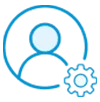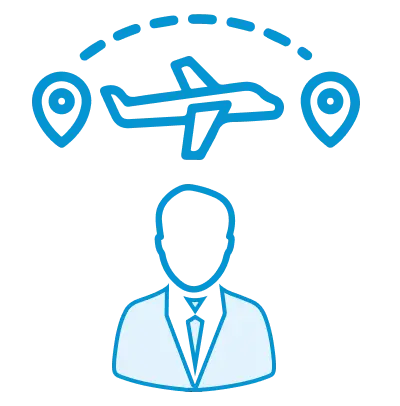Programming in Blazor 5( ASP.NET Core 5) Course Overview
The Blazor course in ASP.NET Core 5 is a comprehensive Blazor training program designed to introduce developers to the innovative Blazor framework, which allows for building interactive web applications with C# instead of JavaScript. This course covers all aspects of Blazor development, starting with an introduction to Blazor, Razor Components, and WebAssembly, and explores the differences between Blazor Server and Blazor WebAssembly hosting models.
Learners will gain insights into configuring ASP.NET Core 5, understanding the rapid evolution of the framework, and comparing it with other web technologies. The course also dives into creating Progressive Web Applications, understanding Dependency injection, and walks through the creation of a first Blazor Web Application, with attention to configuration options and new features in Core 5.
Subsequent modules deal with more advanced concepts like calling REST and gRPC services, working with Entity Framework, implementing Validation, Securing applications, using Razor Class Libraries for code reusability, JavaScript interop, and utilizing Bootstrap for responsive UIs. This Blazor course aims to equip learners with the skills needed to build robust and modern web applications using Blazor in ASP.NET Core 5.
Successfully delivered 12 sessions for over 16 professionals

Purchase This Course
USD
View Fees Breakdown
| Course Fee | 2,650 |
|
Total Fees |
2,650 (USD) |
USD
View Fees Breakdown
| Course Fee | 2,025 |
|
Total Fees |
2,025 (USD) |
USD
View Fees Breakdown
| Flexi Video | 16,449 |
| Official E-coursebook | |
| Exam Voucher (optional) | |
| Hands-On-Labs2 | 4,159 |
| + GST 18% | 4,259 |
|
Total Fees (without exam & Labs) |
22,359 (INR) |
|
Total Fees (with Labs) |
28,359 (INR) |
Select Time
Select Date
| Day | Time |
|---|---|
|
to
|
to |
♱ Excluding VAT/GST
You can request classroom training in any city on any date by Requesting More Information
♱ Excluding VAT/GST
You can request classroom training in any city on any date by Requesting More Information


The Programming in Blazor 5 course offers comprehensive training on building web applications using ASP.NET Core 5.
Target audience and job roles for the course:
Gain a comprehensive understanding of Blazor in ASP.NET Core 5, from the basics of WebAssembly and Razor components to advanced topics such as gRPC services, Entity Framework, and security.
These objectives are designed to equip students with the skills needed to build dynamic and secure web applications using Blazor in ASP.NET Core 5, preparing them for real-world development challenges.
Suggestion submitted successfully.





